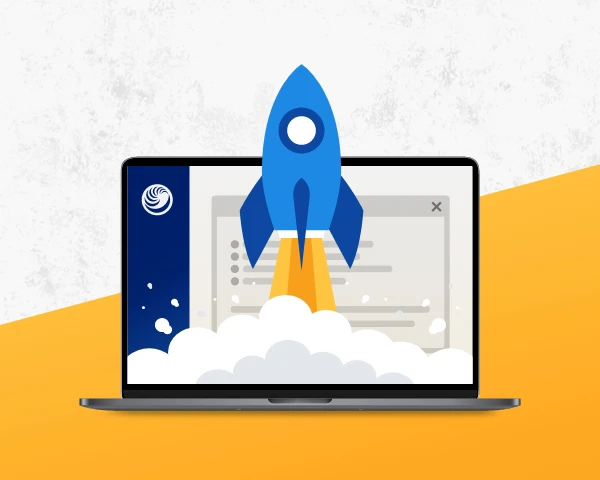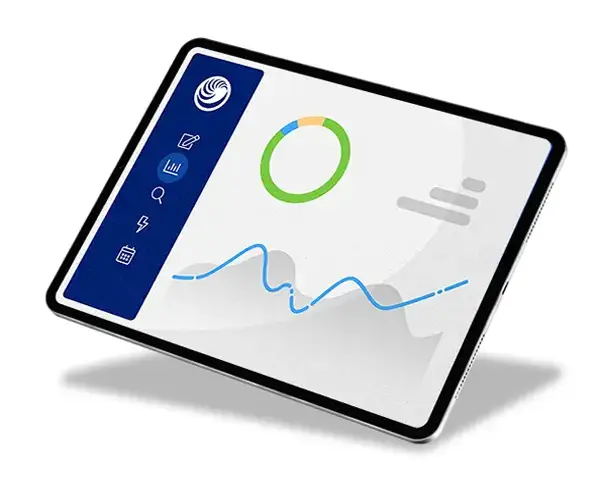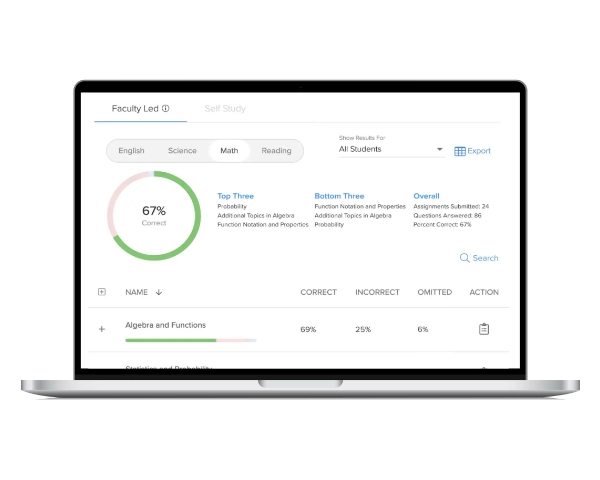As the last AP® test booklet is turned in on exam day, many teachers let out a (well-deserved) sigh of relief. All of their hard work has paid off, so now they can sit back, relax, and just show a bunch of movies to their students on each of the remaining days of school. Right? Well… not exactly.
One of the many misconceptions some people (including hopeful students) have about school is that once testing is finished, so is the school year. They believe (or hope) that learning is over and that students can simply cruise through the rest of the semester doing nothing of importance. Teachers who have gone through the process of closing out a school year know better, and many have very particular approaches to student learning during the remaining days of school. These approaches reflect the many reasons for why it’s important to continue engaging in educational post-exam activities with students, and the following are some of the most common ways teachers spend this time of year doing just that. And so it begs the question… Which strategy do you use in your classroom after AP exams are over?
The Assignment Choice Board Strategy

What’s in the “assignment choice board” tool kit?
| The Assignment Choice Board Tool Kit | ||||
|---|---|---|---|---|
| Choice Board Templates | Language Arts | Math | Science | History/Social Sciences |
The Get a Head Start on the Next Course Strategy


The Content Reinforcement Activities Strategy

What’s in the “content reinforcement activities” tool kit?
| The Content Reinforcement Activities Tool Kit | |||
|---|---|---|---|
| Language Arts | Math | Science | History/Social Sciences |

The College and Career-Readiness Skills Development Strategy

What’s in the “college and career-readiness skills development” tool kit?
| The College and Career-Readiness Skills Development Tool Kit | ||||
|---|---|---|---|---|
| Applications, Resumes, and Interviews | Digital Literacy | Academic Research and Writing Practices | Group Collaboration and Discussions | Critical Thinking Skills |
The Well-Deserved Break and Social Connection Strategy

What’s in the “well-deserved break and social connection” tool kit?
| The Well-Deserved Break and Social Connection Tool Kit | |||
|---|---|---|---|
| Class Outdoors | Creative Outlets | Social Discussions | Educational Games |
Key Takeaways
The last few days of the school year can be somewhat chaotic with all the grading and required end-of-the-year activities, but teachers can ensure students remain engaged and motivated during this time after AP testing is finished. These activities not only cater to diverse student needs but also help celebrate their achievements and prepare them for future challenges. For more ideas and resources, explore how UWorld supports AP educators by creating meaningful and impactful learning experiences with our Courses for AP.





